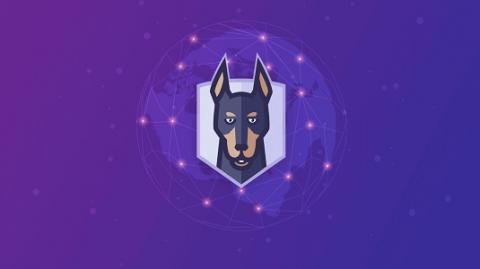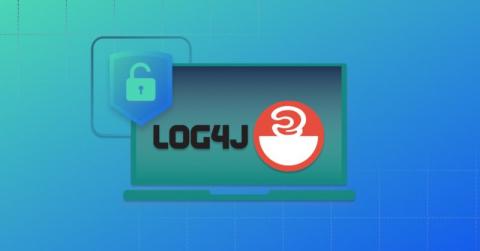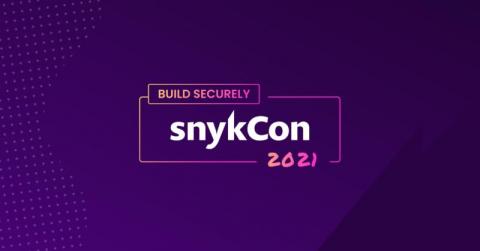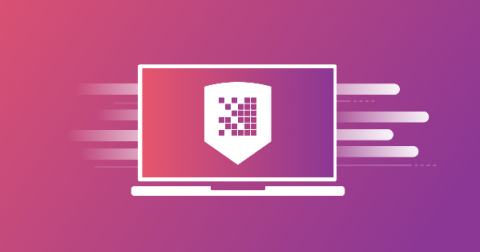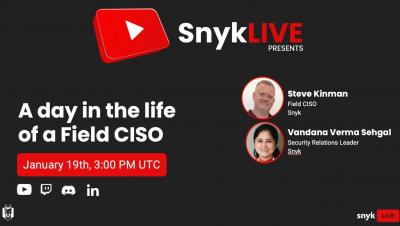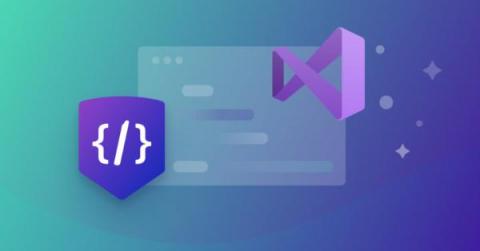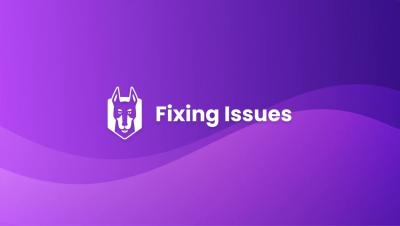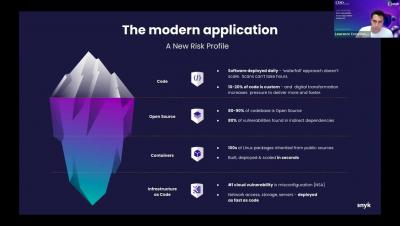Security | Threat Detection | Cyberattacks | DevSecOps | Compliance
Snyk
PHP security in Snyk Code now GA
We recently announced our beta release for PHP support in Snyk Code, which brought with it the ability to identify potential PHP security vulnerabilities at the code level. After a successful public beta program, PHP security support in Snyk Code is now GA. 🎉🎉🎉 PHP is a popular programming language that is used by developers all over the world. In this blog post, we will take a look at some of the features of Snyk Code and how it can be used with PHP.
Stranger Danger: Live hack of how a Log4Shell exploit works
The Log4Shell vulnerability took the Java community by surprise at the end of 2021, and many organizations are still mitigating its impact. To help development teams stay informed as the situation unfolds, Snyk has created and continues to update its Log4j vulnerability resource center.
Fix security issues, get a tshirt. The Big Fix by Snyk.
How Lunar shifted security left while building a cloud native bank
At SnykCon 2021, there were a number of insightful talks from companies that were able to build successful AppSec programs. As the Lead Platform Architect at Lunar and a Cloud Native Computing Foundation (CNCF) ambassador, Kasper Nissen’s presentation was no exception. In this post, we’ll recap Nissen’s talk about how his security team at Lunar was able to shift security left while building a cloud native bank.
Enabling policy as code (PaC) with OPA and Rego
The Cambridge Dictionary defines a policy as: “a set of ideas or a plan of what to do in particular situations that has been agreed to officially by a group of people, a business organization, a government, or a political party.” And in the context of software development, your organization may have some rules about how a policy is built, configured, deployed, and used. Some examples of software policies include.
A Day In The Life Of A Field CISO - Steve Kinman
Snyk Code scanning added to the Snyk Visual Studio extension
Snyk Code provides a new generation of static application security testing (SAST). It uses a unique process that uses machine learning to rapidly grow its knowledge base and a Snyk security engineer to assure the quality of the rules. As a result, the Snyk Code knowledge base grows exponentially and results in an industry-leading high accuracy. On top of that, Snyk Code provides real-time scanning so developers can use it right from their favorite IDE.


